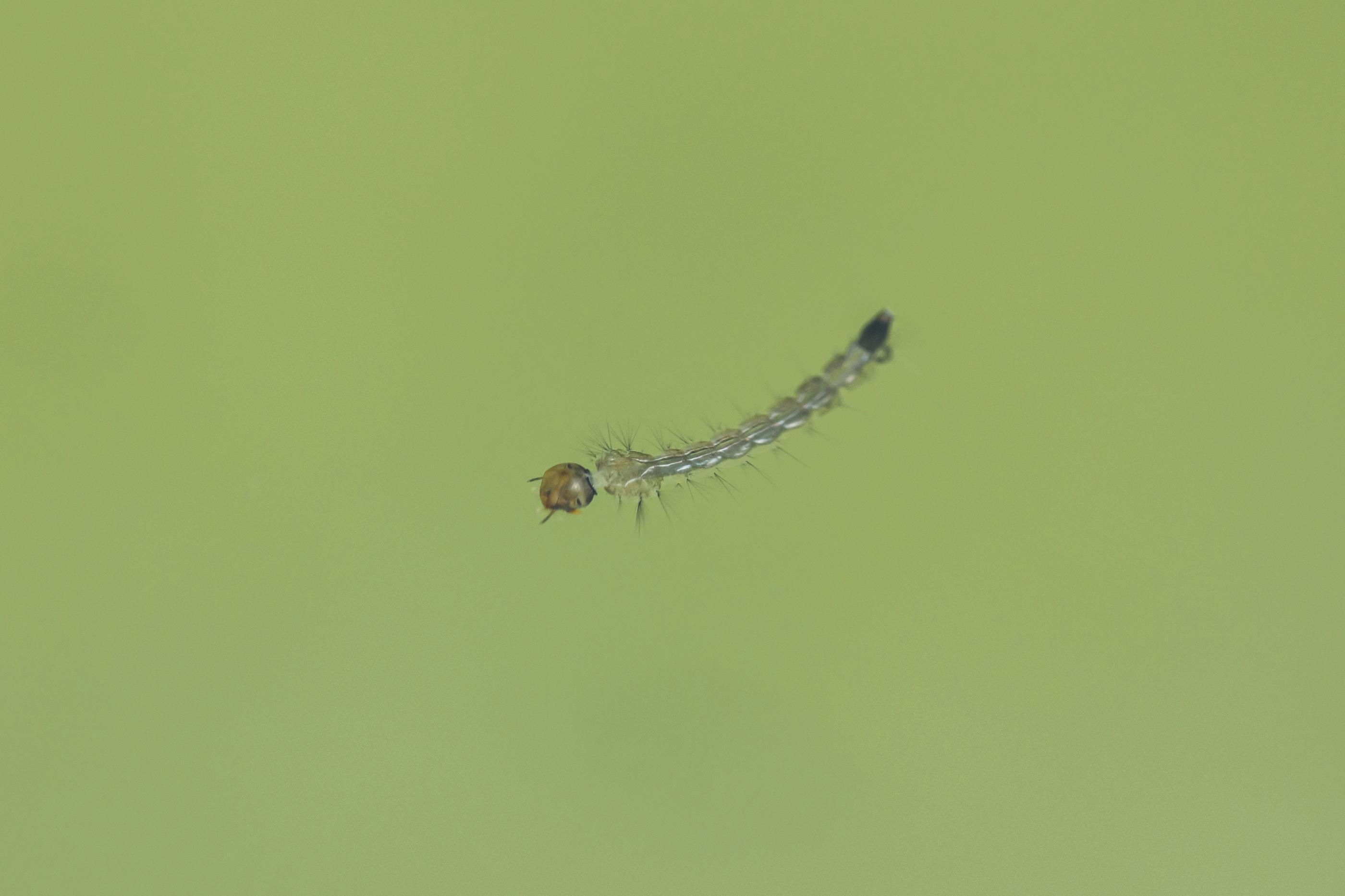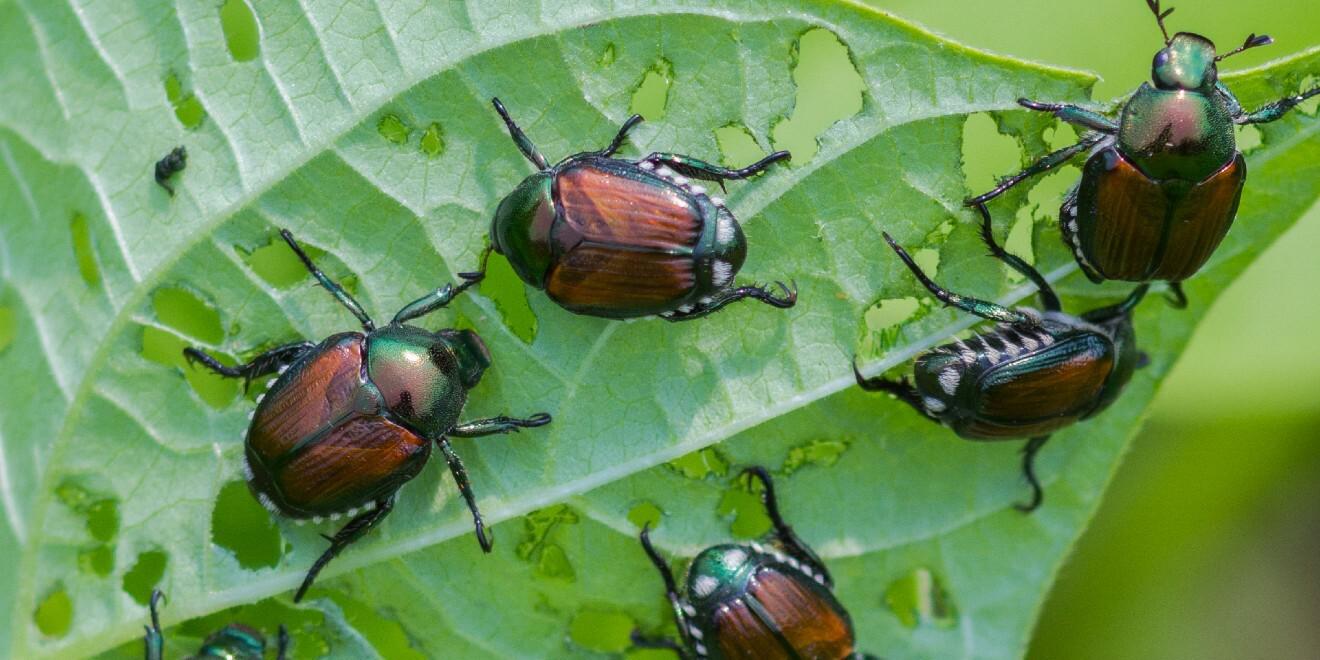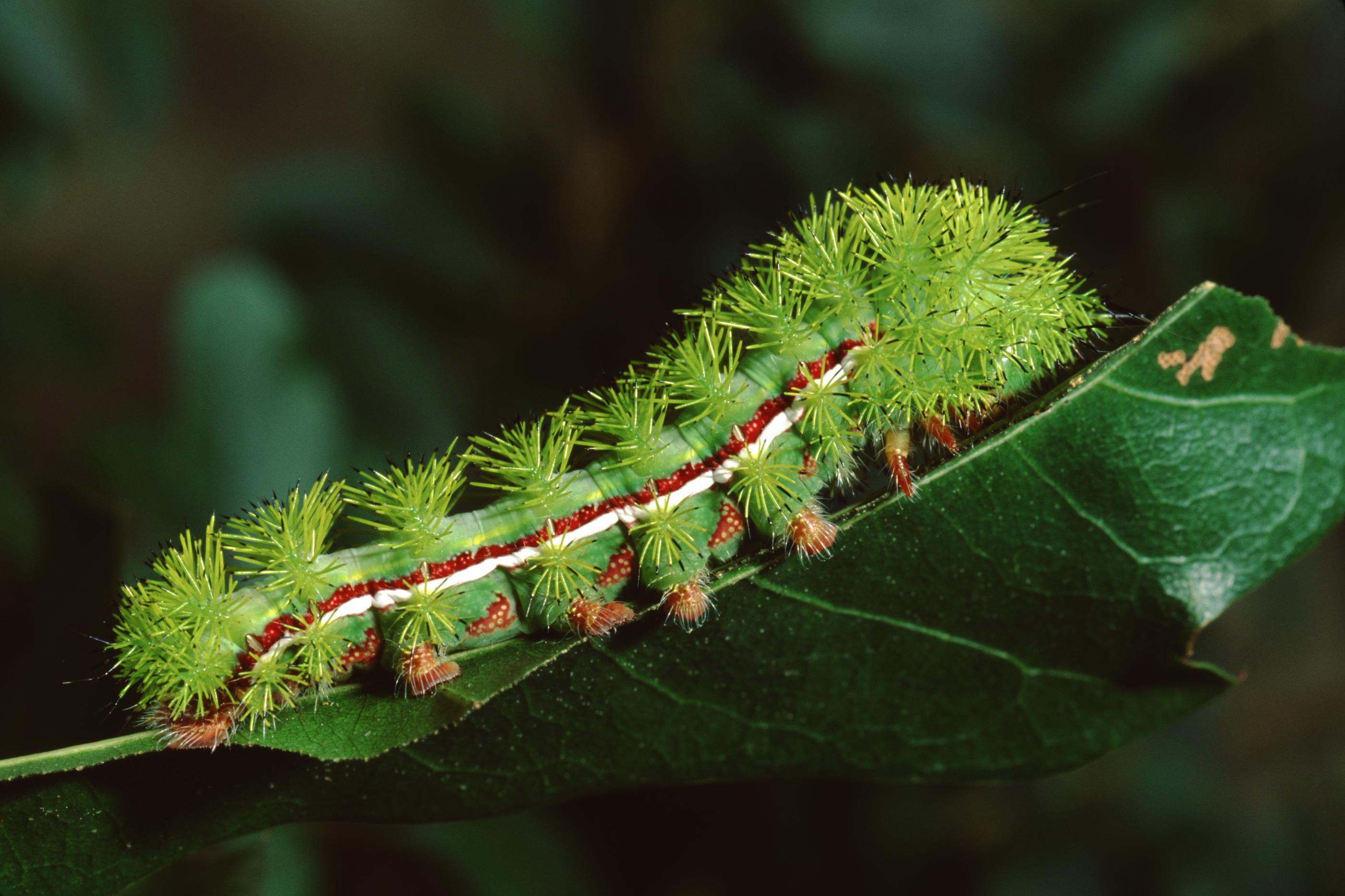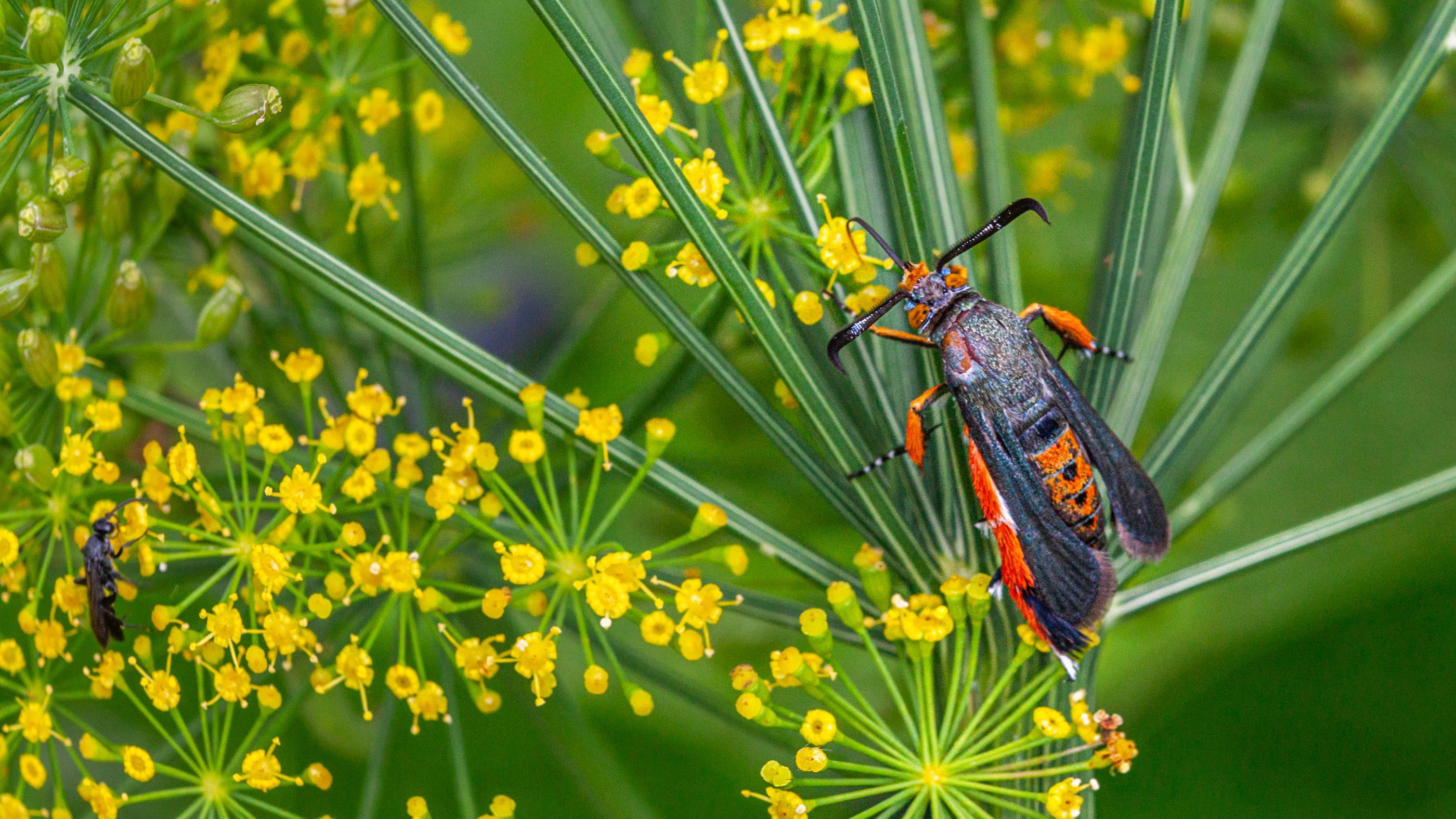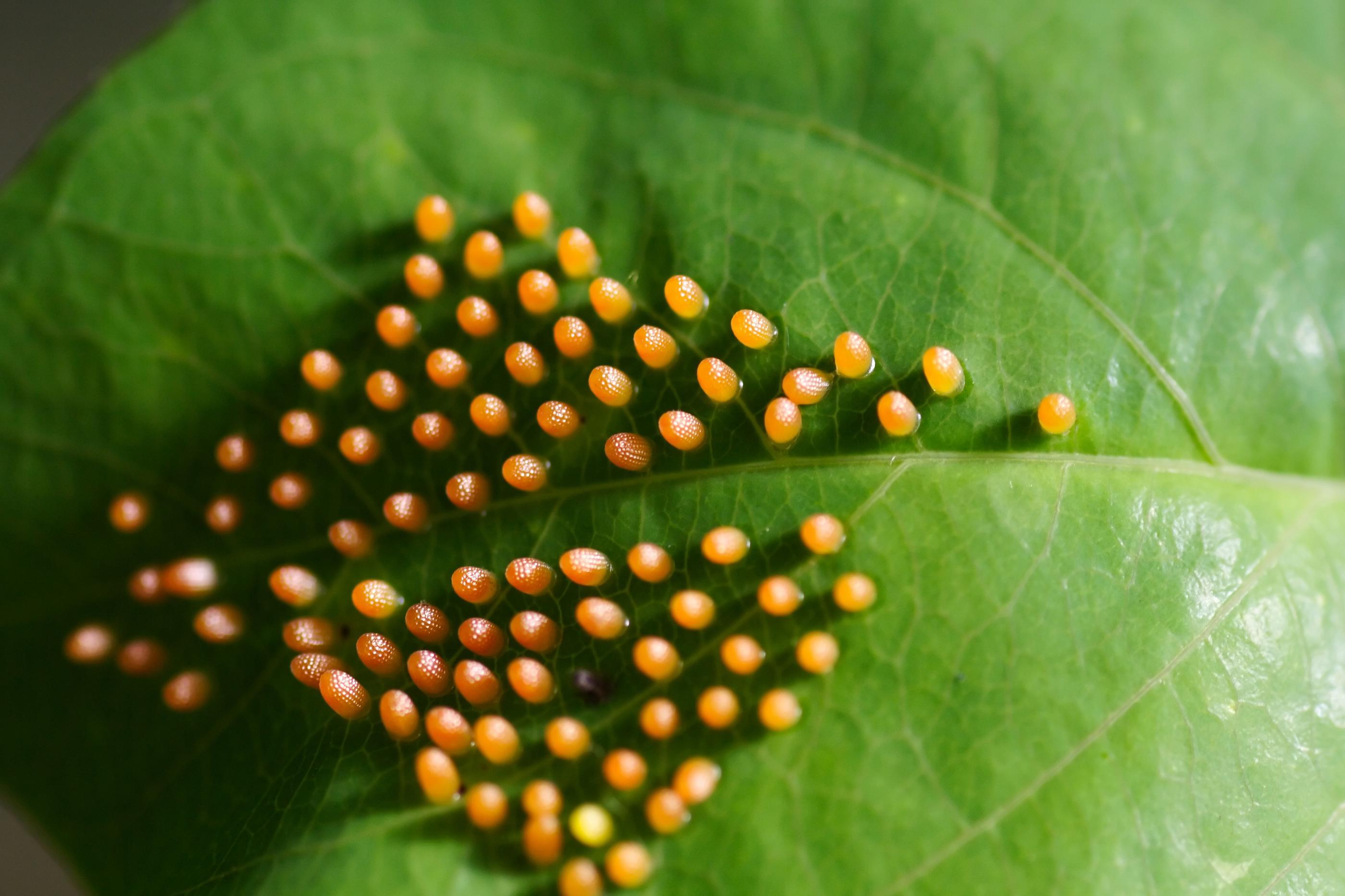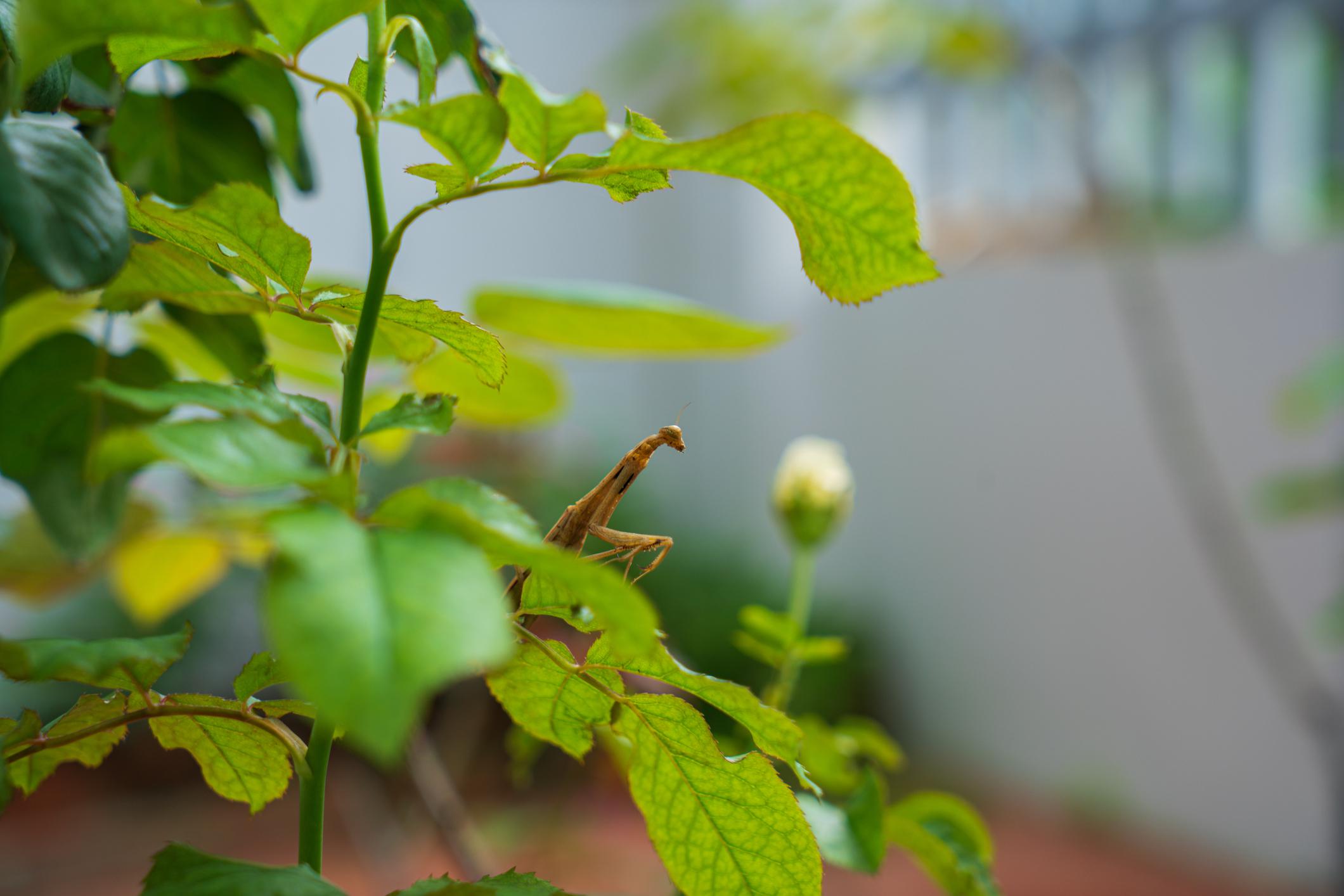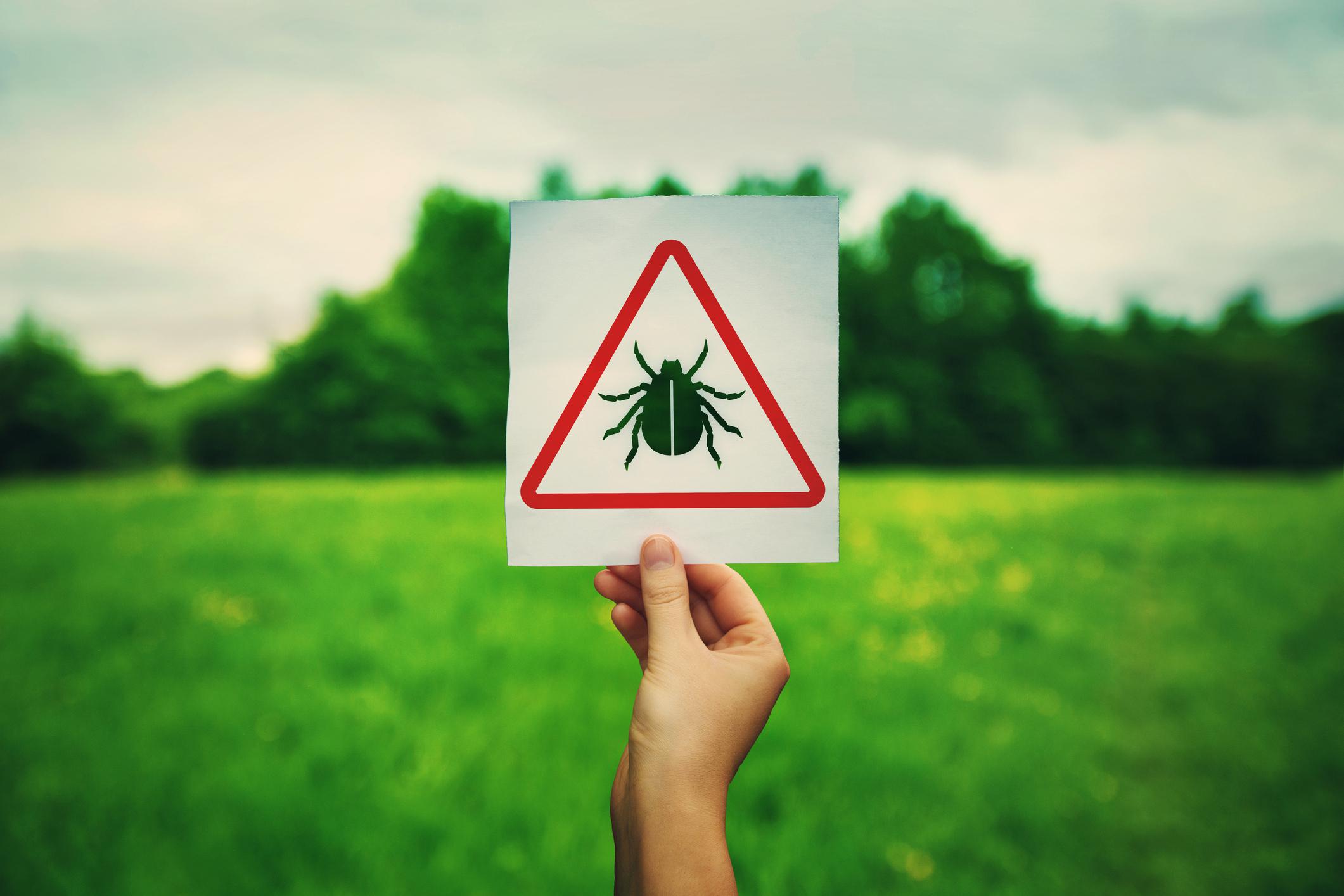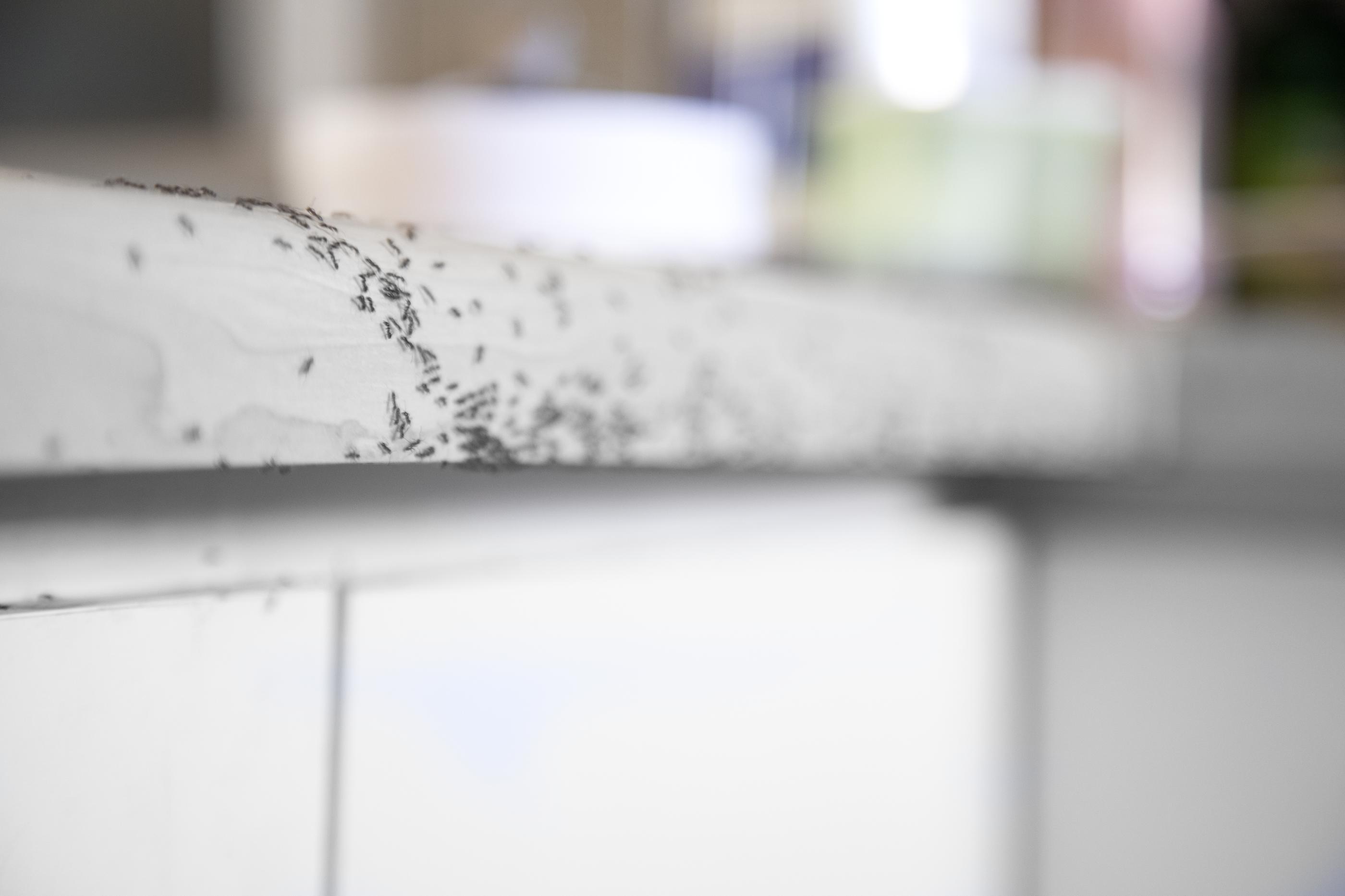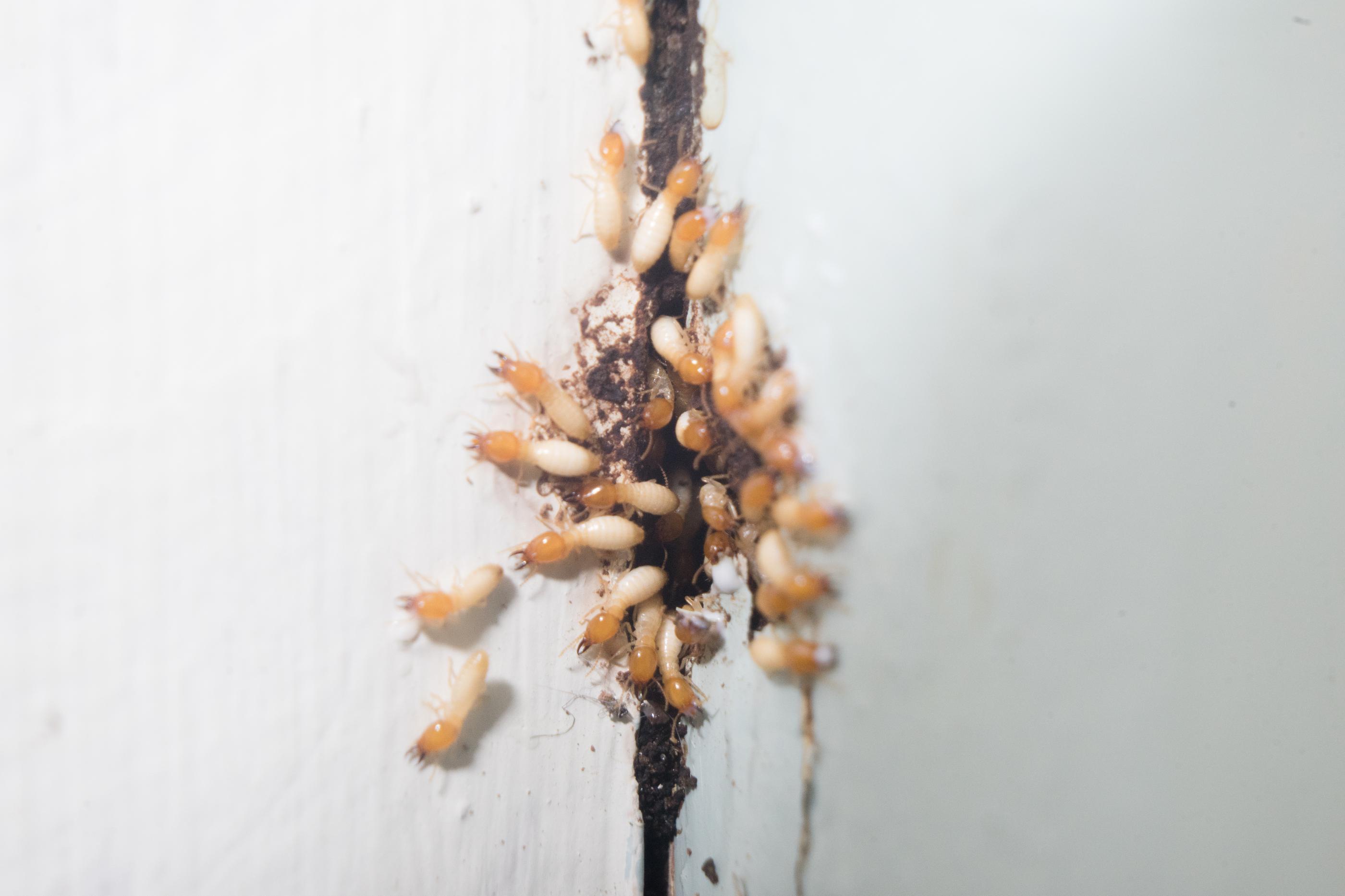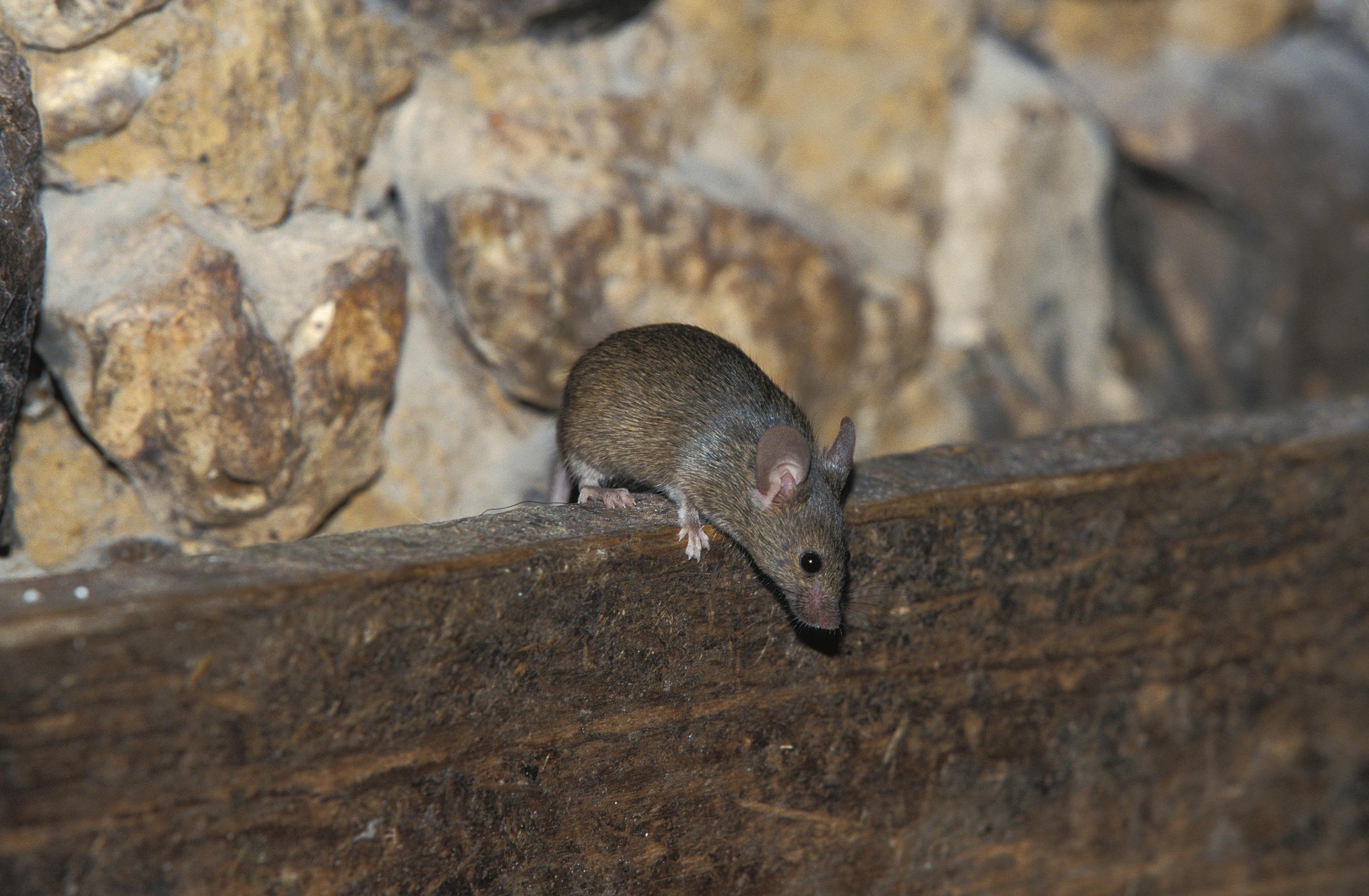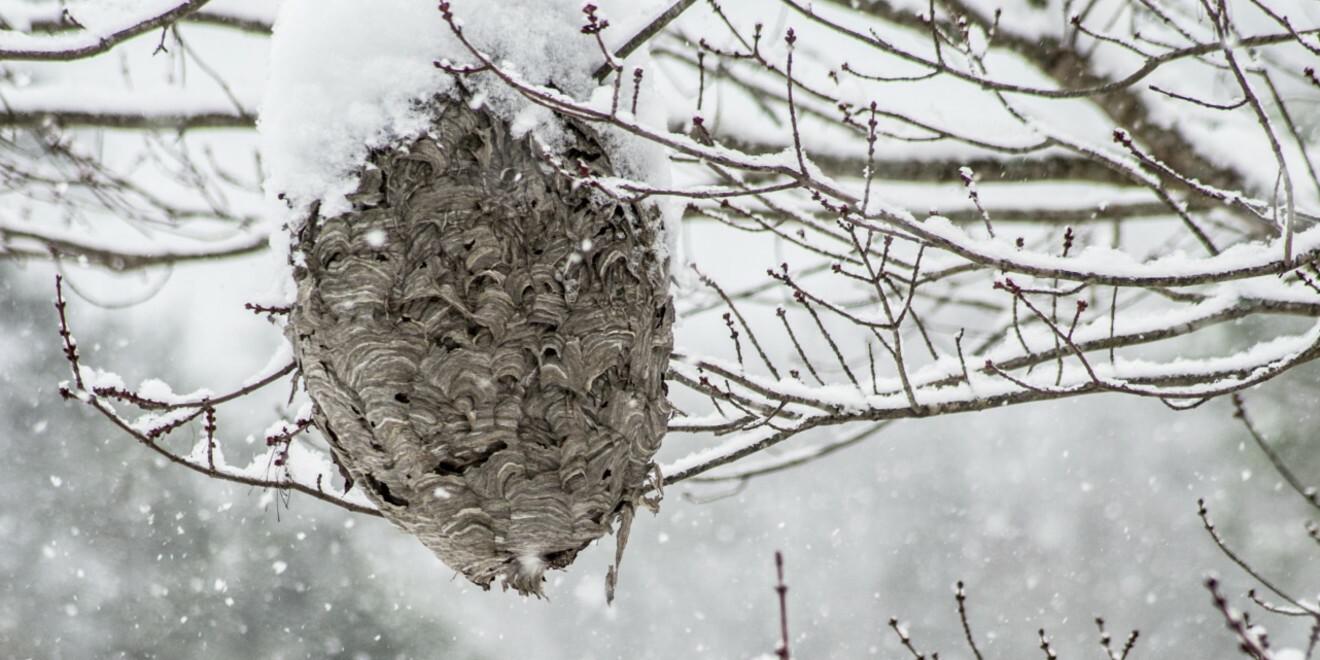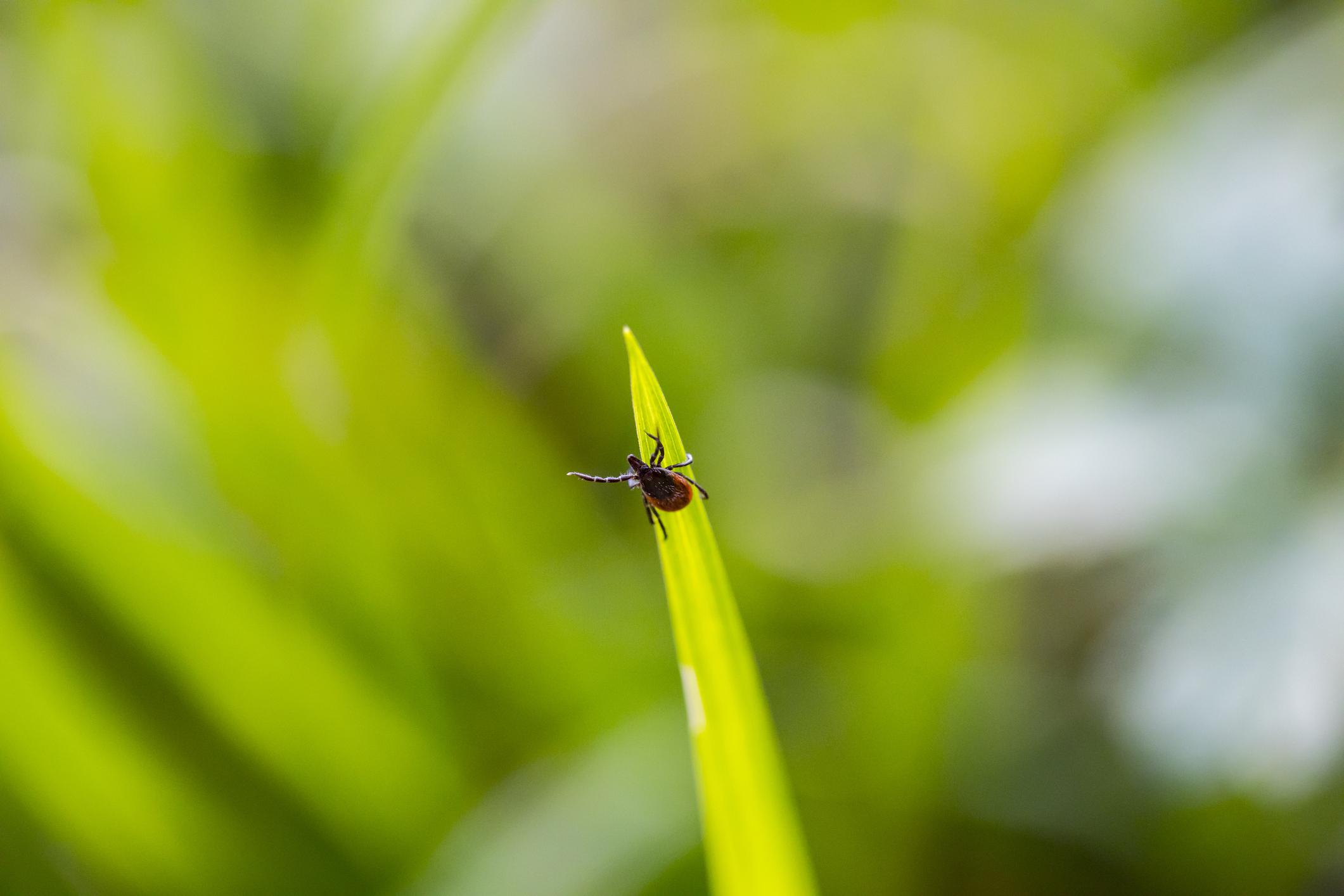Lightning Bugs
Posted by Mosquito Squad
December 19, 2023

I saw my first lightning bug of the season last night, right after my co-workers and I had been talking about them! We could all remember chasing and catching lightning bugs as kids. They made us run and jump and laugh, and just seeing them kind of makes me feel like a kid again. They are the coolest bugs ever!
The reason lightning bugs are the coolest bugs ever is the very thing that gives them their name; they light up. Even their scientific name, Photinus, is about light. Lightning bugs or fireflies are not really bugs or flies, but beetles. There are over 1500 types worldwide and in the US they are typically only found east of the Rockies. All adult male fireflies bioluminesce, or create light, as well as some adult females and even some larvae, which are called glowworms. For the most part, their bioluminescence seems to be for the purpose of attracting either mates or prey. Adult fireflies only live a few weeks, and many females cannot fly. The larvae live in the soil and decaying organic matter, and eat other insects and worms. They spend most of their lives as larvae and pupae, and the entire lifecycle takes about two years. They are generally found near water, and prefer warm humid conditions.
As my friends and I talked about lightning bugs, we all agreed that there seem to be fewer around than when we were kids. There are several reasons this might be true, but there are things we can do to attract them, and there are places you can still find lots of them. Here in Texas, it is thought that some of the drought years in recent years may have had an impact, as well as the increasing fire ant population. Remember that these insects spend most of their lives in moist soil, which can be hard to find and infested with fire ants, and you'll see why this has been a problem. The other major factors contributing to the decline in lightning bugs is development and increased outdoor lighting. Development has led to habitat loss because humans tend to clean up the decaying plant matter where larvae live, and we tend to cut down trees and pave open areas. Outdoor lighting can affect the mating and feeding behavior of lightning bugs.
Attracting lightning bugs back into the areas where we live is possible and may even enhance our outdoor spaces. Because lightning bugs like moist areas with cover, adding a pond or stream to your landscape can help to attract lightning bugs, especially if you plant longer ornamental grasses around these water features. Long grasses, shrubs and mulch around the pond will also help, providing the decaying organic matter needed for eggs and larvae. Turning off your outdoor lighting during the time lightning bugs are active may also help to encourage mating behavior.
We all want to see lightning bugs, and now is the time of year to do it. Go out in the evening, visit your local parks, and enjoy the light show. If you don't see them around your house, I have found a few places near my home, such as Memorial Park in Round Rock, Old Settlers Park and along the Brushy Creek Trail. There are plenty of places in Austin like Emma Long Park, Zilker Park and Mayfield Park. In Pflugerville I've seen them at Creekside Park. Take a look near you for any park with water.
Happy lightning bug hunting!

